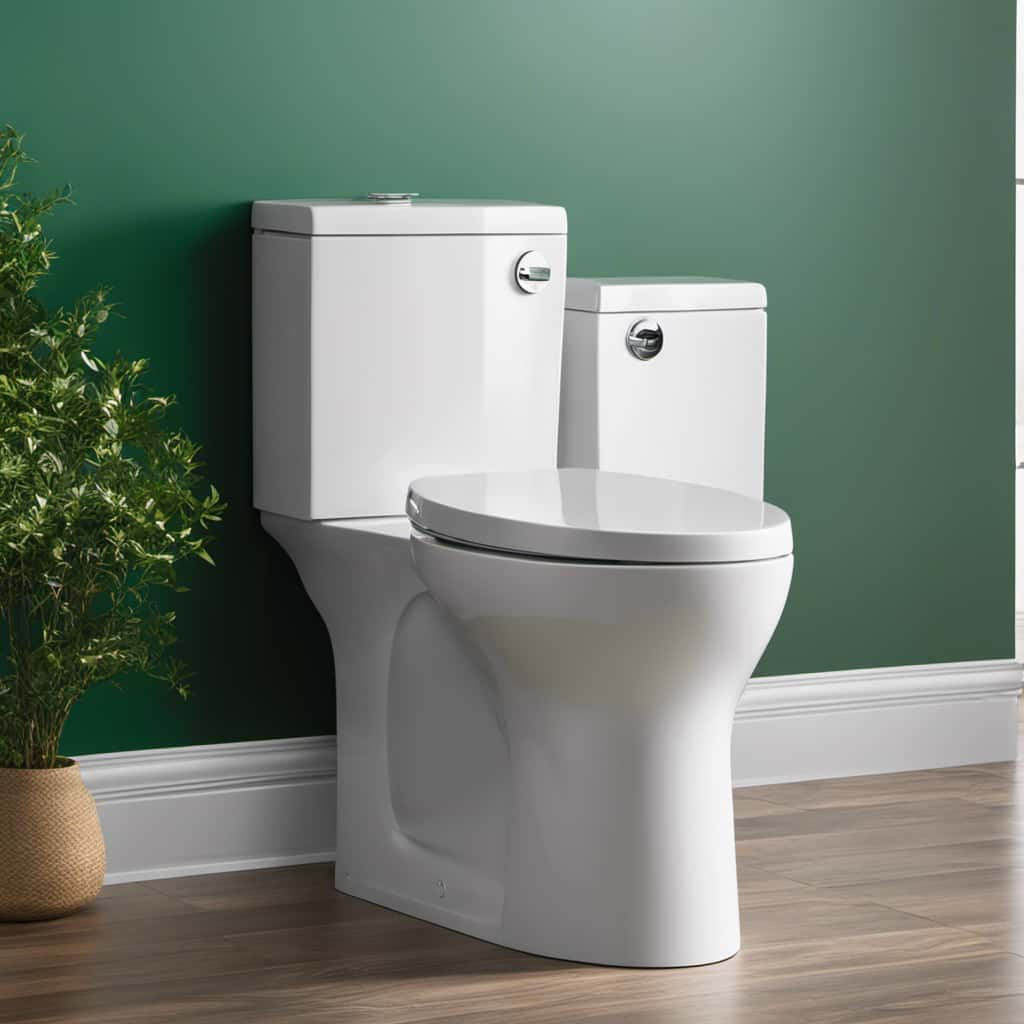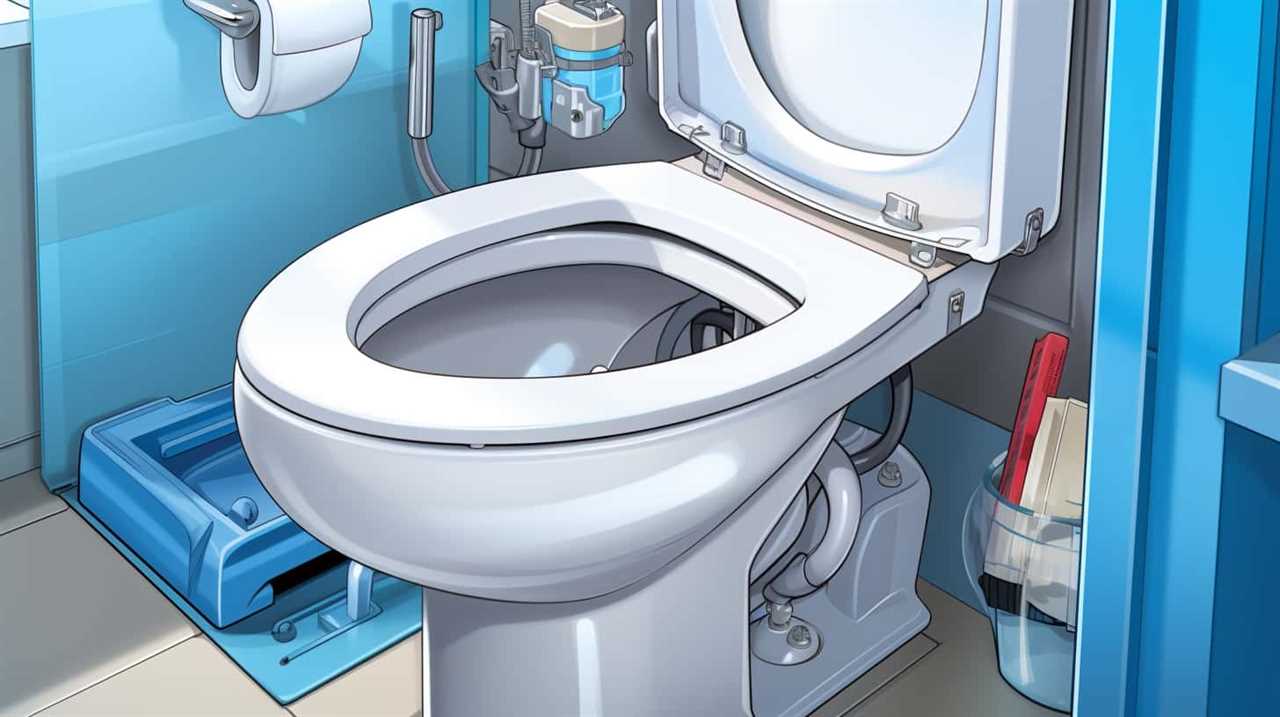Have you ever pondered whether toilet water actually makes its way into the ocean?
The answer may surprise you. In this article, we’ll delve into the journey of toilet water, exploring the intricate process of wastewater treatment and the crucial role of sewer systems.
From sewage to treatment plants, we’ll unravel the steps involved in treating toilet water and releasing it into the environment.
Join us as we uncover the truth and ensure a healthy ocean ecosystem.
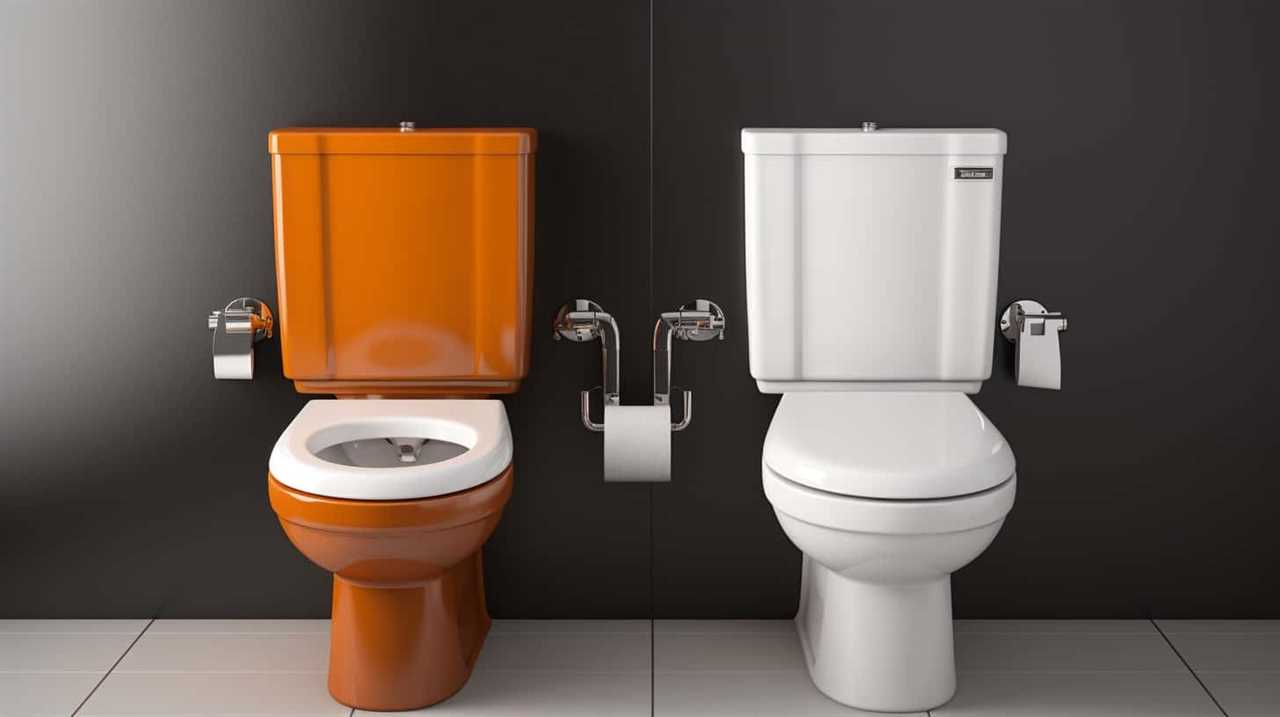
Key Takeaways
- Toilet water is collected and transported through pipes and treatment facilities for filtration and purification.
- Wastewater treatment plants remove impurities and contaminants from toilet water through primary and secondary treatment processes.
- Treated sewage can be discharged into bodies of water or reused for irrigation and industrial processes, depending on regulations and environmental considerations.
- Proper monitoring, strict regulations, and public awareness are essential for minimizing environmental impacts and maintaining water quality standards.
The Journey of Toilet Water
The toilet water we flush goes on a remarkable journey from our homes to the ocean. This journey is a result of efficient toilet water management practices, which aim to minimize water waste and promote sustainability.
One important aspect of toilet water management is water recycling. After we flush the toilet, the water is collected and transported through a series of pipes and treatment facilities. These facilities employ advanced filtration systems to remove impurities and contaminants from the water.
Once the water is treated and deemed safe, it can be recycled for various purposes such as irrigation or industrial use. By implementing water recycling processes, we can reduce our reliance on freshwater sources and contribute to the conservation of this valuable resource.
Understanding Wastewater Treatment
After we flush the toilet, the water undergoes wastewater treatment to remove impurities and contaminants. Wastewater treatment is a crucial process that helps protect public health by preventing water contamination. It involves several steps, including primary treatment, secondary treatment, and disinfection.

During primary treatment, large solids and debris are removed through processes like screening and sedimentation. The remaining wastewater then moves on to secondary treatment, where biological processes are utilized to further remove organic matter and nutrients. Finally, disinfection is carried out to eliminate any remaining harmful microorganisms.
Here is a table summarizing the different steps in wastewater treatment:
| Treatment Process | Objective |
|---|---|
| Primary Treatment | Removal of large solids and debris |
| Secondary Treatment | Removal of organic matter and nutrients |
| Disinfection | Elimination of harmful microorganisms |
The Role of Sewer Systems
In our sewer systems, toilet water is transported through a network of pipes for proper treatment and disposal. The role of pipes in the sewer system is crucial for maintaining the sanitation and hygiene of our communities.
These pipes act as conduits, carrying wastewater from homes, businesses, and industries to treatment plants. By transporting toilet water and other forms of wastewater, the pipes ensure the removal of harmful substances and contaminants, preventing their release into the environment.
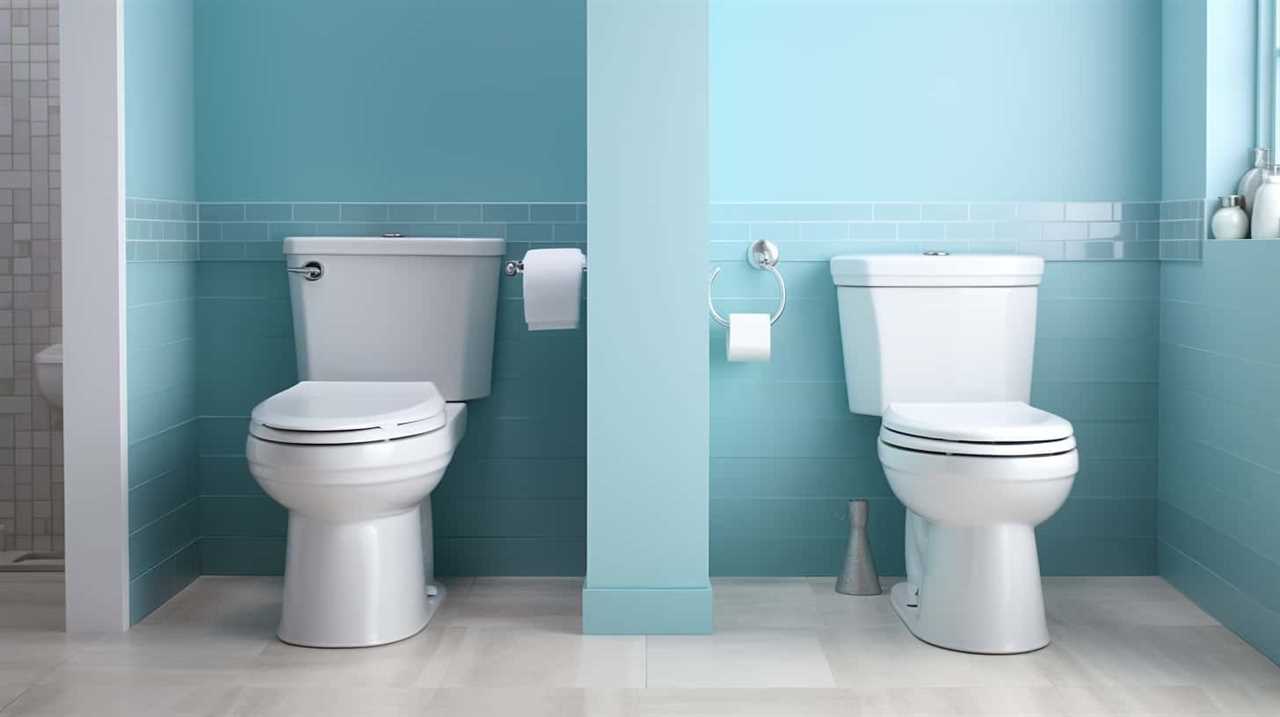
The importance of proper sewage disposal can’t be overstated. It helps protect public health by preventing the spread of diseases and preserving the quality of our water sources. Additionally, it safeguards the delicate balance of ecosystems by reducing pollution and maintaining the overall well-being of our environment.
From Sewage to Treatment Plants
When sewage leaves our homes and enters the sewer system, it begins its journey to treatment plants.
The sewage treatment process involves several stages, including screening, sedimentation, and biological treatment.
As the sewage goes through these processes, harmful pollutants and contaminants are removed, resulting in treated sewage that’s safer for the environment.

Once the sewage is treated, it’s typically discharged into a body of water, such as a river or ocean, depending on the location and regulations in place.
Sewage Treatment Process
We send our sewage to treatment plants for processing. These plants play a crucial role in removing harmful contaminants from our wastewater before it is released back into the environment. The sewage treatment process involves several steps to ensure that the water is treated effectively and does not contribute to water pollution or toilet water contamination. Here is a table summarizing the key stages of the sewage treatment process:
| Stage | Description |
|---|---|
| Primary Treatment | Removes large solids and debris through physical processes such as screening and sedimentation. |
| Secondary Treatment | Uses biological processes to break down organic matter and remove dissolved pollutants. |
| Tertiary Treatment | Further treats the water to remove any remaining contaminants, including pathogens and chemicals. |
| Disinfection | Involves the use of disinfectants, such as chlorine, to kill any remaining bacteria and viruses. |
By following these processes, treatment plants ensure that the water is safe to be discharged back into rivers, lakes, or the ocean. However, the sewage treatment process can have environmental impacts, which we will explore in the next section.
The transition to the subsequent section about the ‘environmental impact of sewage’ could be: "While sewage treatment plants play a crucial role in removing contaminants, the process itself can still have significant environmental impacts."

Environmental Impact of Sewage
After sewage goes through the treatment process, it can still have significant environmental impacts. While treatment plants are designed to remove harmful substances from sewage, some pollutants may still remain in the treated water that’s released into rivers, lakes, or oceans. This can lead to water pollution, which poses risks to aquatic ecosystems and human health.
The main sources of water pollution from sewage are nutrients, organic matter, and pathogens. Nutrients, such as nitrogen and phosphorus, can cause excessive growth of algae and aquatic plants, leading to oxygen depletion and the death of aquatic organisms. Organic matter, including sewage sludge, can deplete oxygen levels in water bodies, affecting fish and other organisms. Pathogens, such as bacteria and viruses, can contaminate water and cause waterborne diseases.
Effective sewage management strategies, including advanced treatment technologies and proper monitoring, are essential to minimize the environmental impact of sewage and ensure the protection of water resources.
Destination of Treated Sewage
The destination of treated sewage from our toilets to the treatment plants is an important step in ensuring the proper management of wastewater. After leaving our homes, the sewage travels through a network of pipes that lead to local treatment plants. At these plants, the sewage undergoes a series of processes to remove impurities and harmful substances before it is discharged or reused.
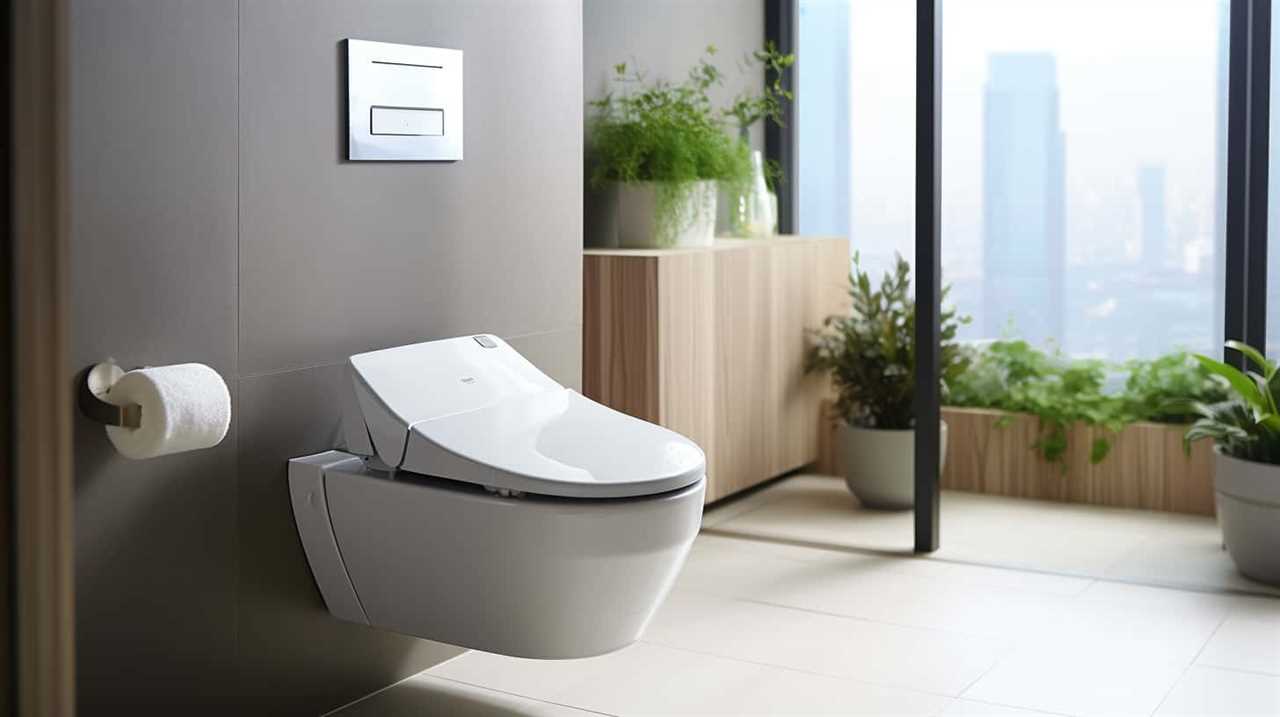
To give you a better understanding, let’s take a look at the table below that outlines the typical destination and disposal methods for treated sewage:
| Destination | Disposal Method |
|---|---|
| Rivers | Discharged |
| Oceans | Discharged |
| Lakes | Discharged |
| Land | Reused |
As you can see, the treated sewage can be discharged into rivers, oceans, or lakes, depending on the specific regulations and environmental considerations of the area. Alternatively, it can also be reused for purposes such as irrigation or industrial processes.
Understanding the destination and disposal methods of treated sewage is crucial in managing our wastewater effectively. Now, let’s delve into the process of treating toilet water and how it contributes to the overall treatment of sewage.
The Process of Treating Toilet Water
When it comes to treating toilet water, there are several important points to consider.
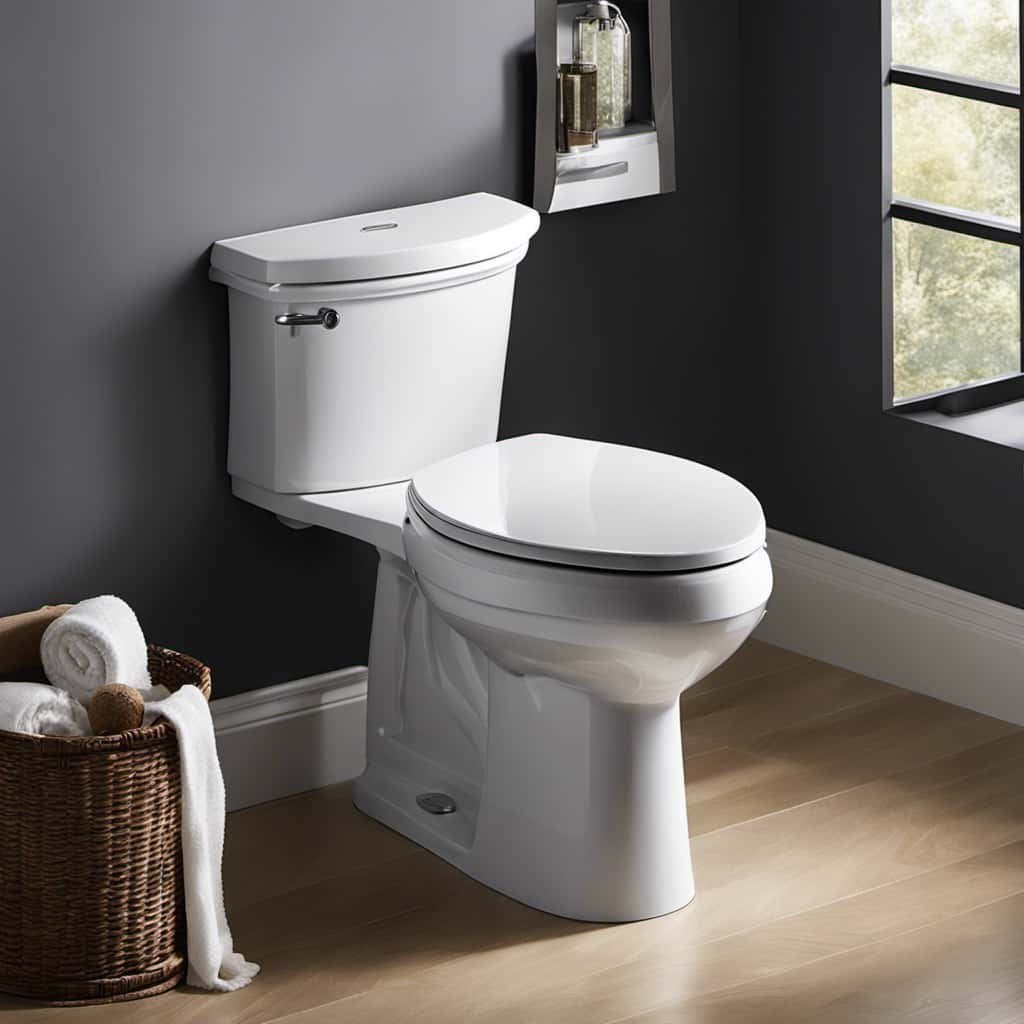
First, water purification methods play a crucial role in removing impurities and contaminants from the wastewater.
Second, an environmental impact assessment is necessary to understand the potential effects of treated toilet water on the ecosystem.
Lastly, it’s important to highlight the benefits of wastewater treatment, such as reducing pollution, conserving water resources, and protecting public health.
Understanding these points will provide a comprehensive overview of the process of treating toilet water.
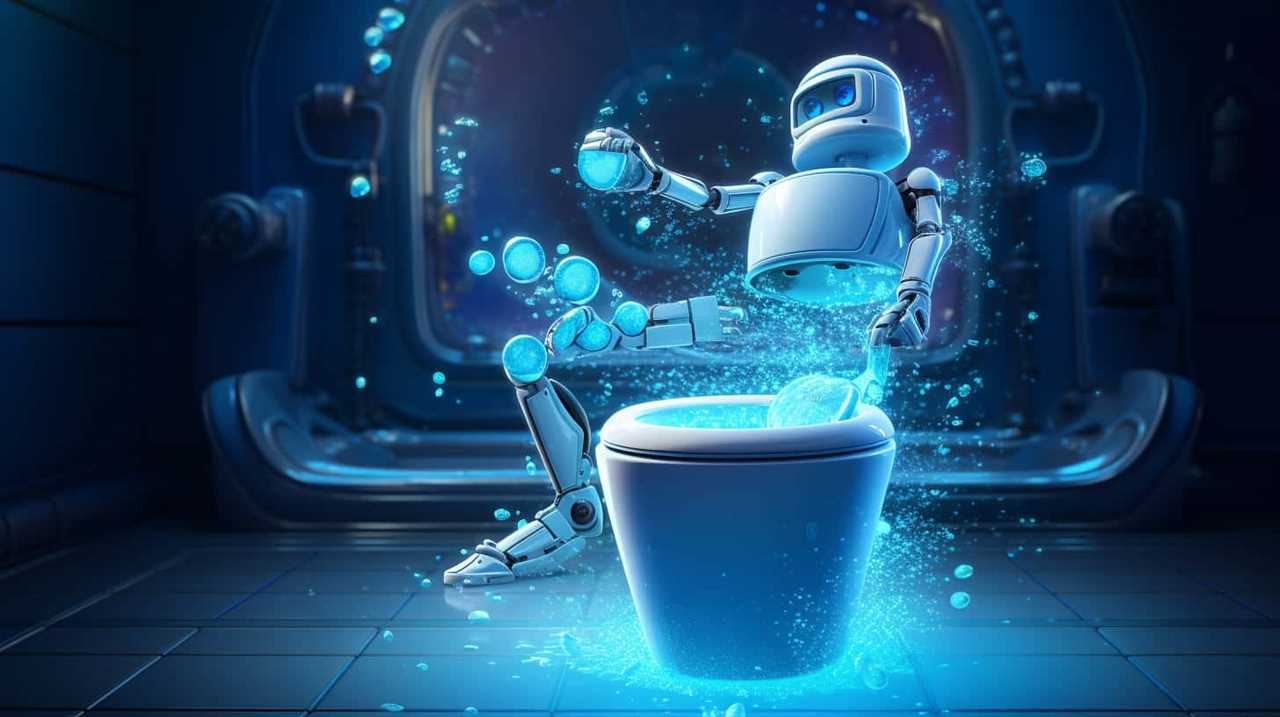
Water Purification Methods
To treat toilet water, we use various water purification methods. These methods ensure that the water is safe for reuse or disposal. One of the primary techniques used is water filtration, which involves removing impurities and contaminants from the water. This process typically includes physical and chemical treatments to eliminate bacteria, viruses, and other harmful substances. Another method commonly used is water recycling, where the treated water is reused for non-potable purposes such as irrigation or industrial processes. This helps conserve water resources and reduces the strain on freshwater supplies. Below is a table outlining the different water purification methods and their effectiveness in treating toilet water:
| Purification Method | Description | Effectiveness |
|---|---|---|
| Filtration | Removes impurities through physical and chemical treatments. | High |
| Disinfection | Kills bacteria and viruses through chemical processes. | High |
| Sedimentation | Allows solid particles to settle down, separating them from the water. | Moderate |
| Activated Carbon | Absorbs organic compounds and odors from the water. | Moderate |
Environmental Impact Assessment
We continue our examination of the environmental impact of treating toilet water by assessing its effects on the surrounding ecosystem.
The process of treating toilet water aims to remove harmful substances and pathogens to prevent water pollution and protect marine life. Water pollution caused by untreated sewage can have detrimental effects on aquatic ecosystems, leading to the destruction of habitats and the decline of marine species.
By implementing effective treatment methods, such as filtration, disinfection, and biological processes, we can significantly reduce the environmental impact of toilet water on the surrounding ecosystem. These methods help remove pollutants, such as nitrogen and phosphorus, which can cause excessive algae growth and oxygen depletion in water bodies.

Benefits of Wastewater Treatment
As we continue our examination of the environmental impact of treating toilet water, let’s explore the benefits of wastewater treatment in reducing water pollution and protecting marine life.
Wastewater treatment plays a crucial role in sustainable sanitation practices and water reuse. Here are three key benefits:
- Water Reuse: Wastewater treatment allows for the safe reuse of water, reducing the strain on freshwater resources. Treated wastewater can be used for irrigation, industrial processes, and even replenishing aquifers.
- Nutrient Removal: Through the treatment process, harmful nutrients such as nitrogen and phosphorus are removed from the wastewater. This prevents excessive nutrient enrichment in water bodies, which can lead to harmful algal blooms and oxygen depletion, negatively impacting marine ecosystems.
- Pathogen Elimination: Wastewater treatment removes pathogens, including bacteria and viruses, ensuring that the water released back into the environment is safe for aquatic organisms and humans.
Releasing Treated Water Into the Environment
After treatment, we release the treated water into the environment. This is an important step in the wastewater treatment process as it ensures that the water is returned to the natural water cycle.
By releasing the treated water, we’re minimizing the potential for water pollution. The treatment process removes harmful pollutants and contaminants from the wastewater, making it safe to be reintroduced into rivers, lakes, or the ocean. This helps to protect aquatic ecosystems and maintain water quality.

However, it’s crucial to note that even after treatment, the released water may still contain trace amounts of certain substances. Efforts are being made to further improve treatment processes and ensure that the released water meets the highest standards of quality and safety.
Ensuring a Healthy Ocean Ecosystem
To maintain a healthy ocean ecosystem, it’s essential to ensure that the treated water released into the environment meets the highest standards of quality and safety. This is crucial for ocean conservation and to prevent marine pollution.
Here are three key considerations in ensuring a healthy ocean ecosystem:
- Efficient wastewater treatment: Implementing effective treatment processes is necessary to remove pollutants and contaminants from wastewater before it’s discharged into the ocean. This includes removing harmful chemicals, nutrients, and pathogens that can negatively impact marine life.
- Monitoring and regulation: Regular monitoring of the treated water’s quality is vital to ensure compliance with established standards. By enforcing strict regulations, authorities can prevent harmful substances from entering the ocean and protect the delicate balance of the marine ecosystem.
- Public awareness and participation: Engaging the public in ocean conservation efforts is crucial. Educating individuals about the importance of responsible water usage and proper disposal of waste can significantly reduce marine pollution. Encouraging sustainable practices such as water conservation and recycling can go a long way in preserving the health of our oceans.
Frequently Asked Questions
How Does Toilet Water Reach the Ocean?
Toilet water reaches the ocean through a process called sewage disposal. After flushing, the water enters the sewage system and is transported to a treatment facility. There, it undergoes various processes to remove contaminants before being discharged into the ocean.
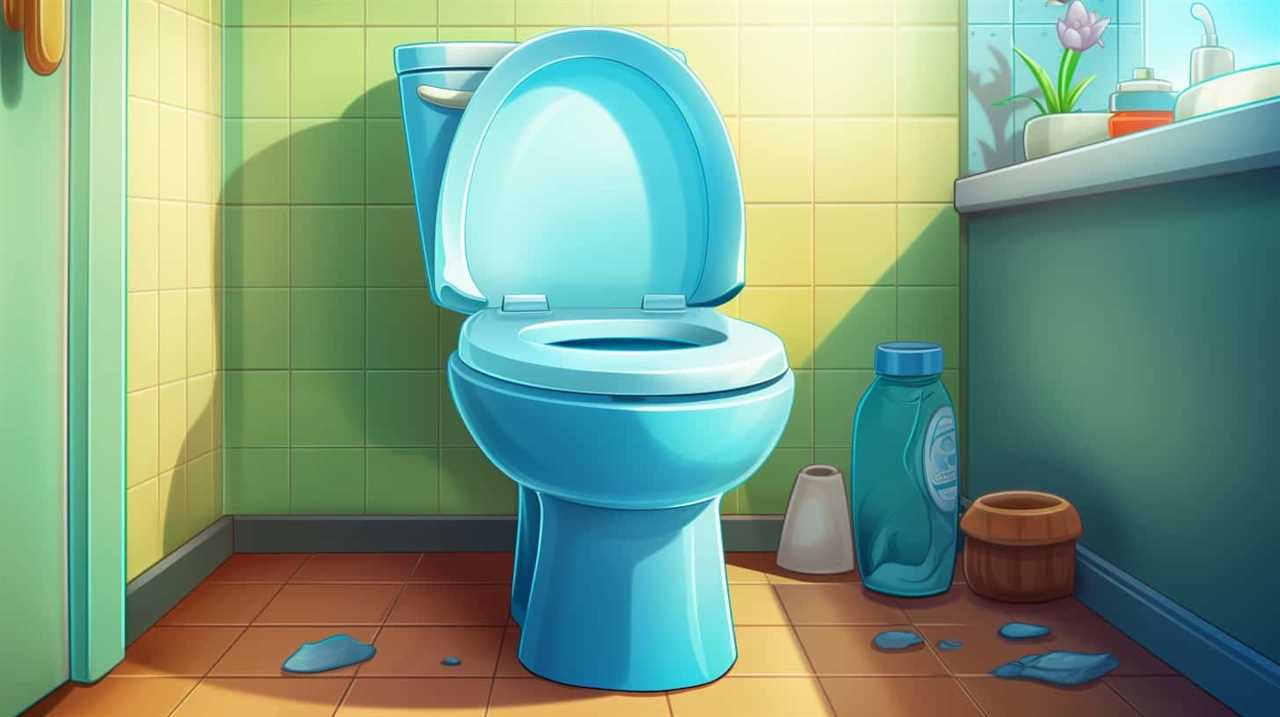
What Happens to the Wastewater After It Leaves the Sewer System?
Once wastewater leaves the sewer system, it undergoes a complex process of wastewater management. Treatment plants remove solid waste and harmful contaminants. This prevents water pollution and ensures that only clean water is released back into the environment.
Is the Treatment Process for Toilet Water Harmful to the Environment?
Toilet water treatment methods vary, but some can have negative environmental impacts. It’s important to consider the chemicals used and the potential for water pollution. Proper treatment is necessary to minimize harm to the environment.
Are There Any Regulations in Place to Ensure the Quality of Treated Water Before It Is Released Into the Ocean?
Regulatory standards and monitoring protocols are in place to ensure the quality of treated water before it is released into the ocean. These measures help minimize potential environmental impacts and ensure the safety of marine ecosystems.
What Impact Does the Release of Treated Water Have on Marine Life and the Overall Health of the Ocean Ecosystem?
Releasing treated water into the ocean has significant impacts on marine life and the overall health of the ocean ecosystem. Marine biodiversity loss and water pollution impacts are two important consequences that must be considered.
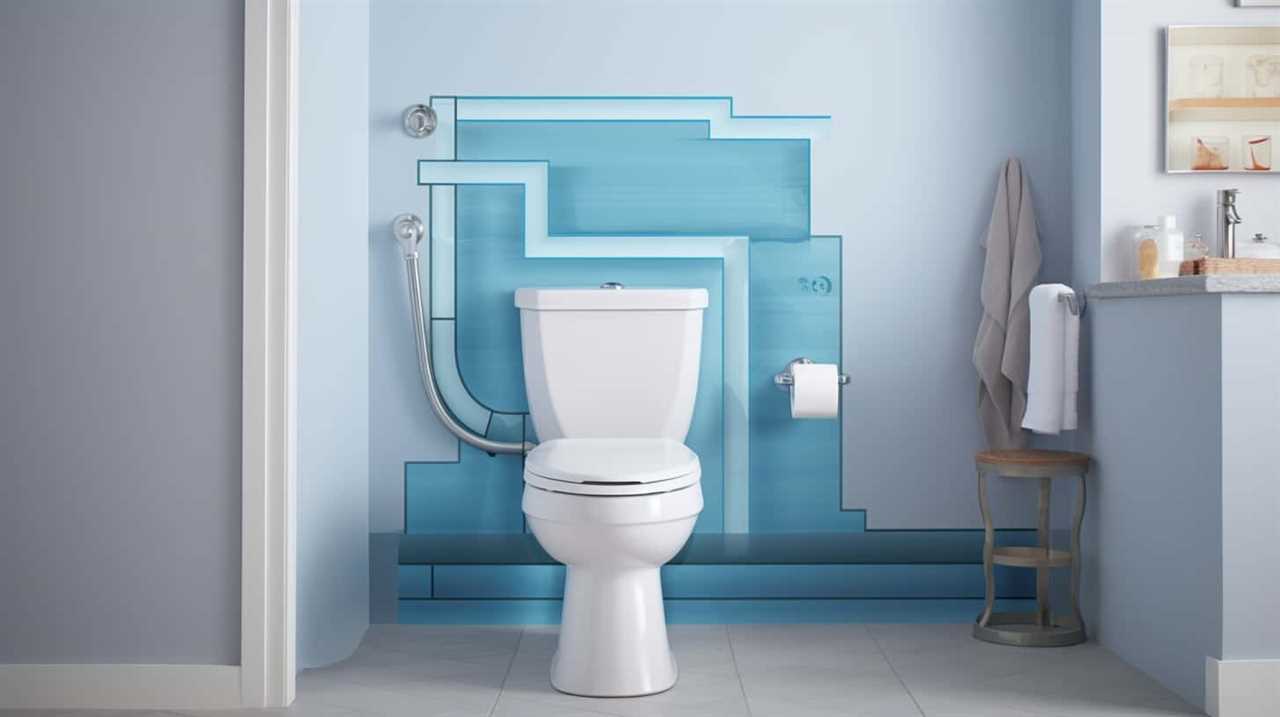
Conclusion
In conclusion, the journey of toilet water from our homes to the ocean is a fascinating process that involves wastewater treatment and the use of sewer systems.
Through treatment plants, toilet water is carefully processed to ensure its safety before being released into the environment.
By adhering to strict regulations and monitoring the health of our ocean ecosystem, we can ensure the continued well-being of this vital natural resource.
So next time you flush, remember the intricate journey your toilet water takes!
